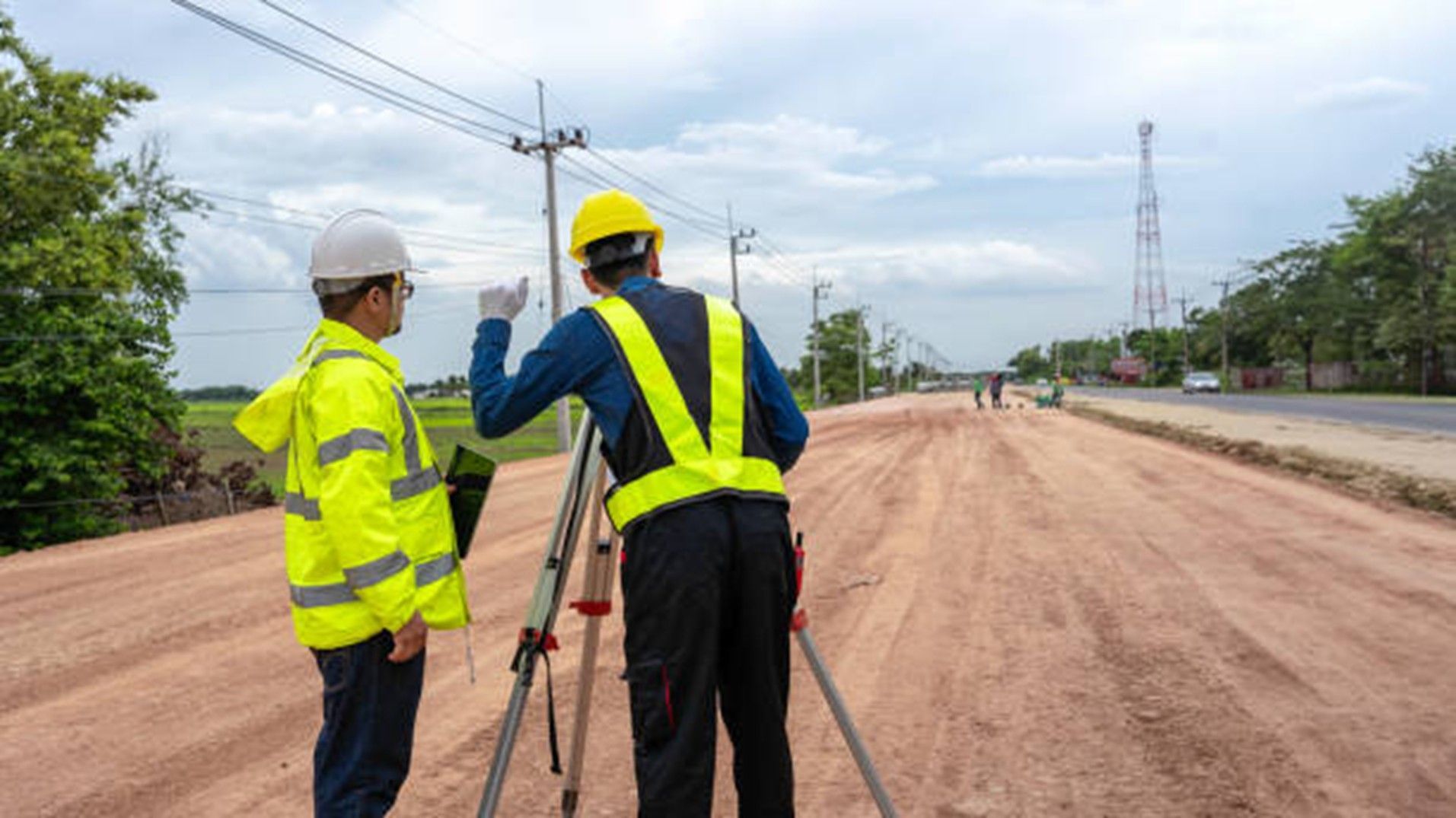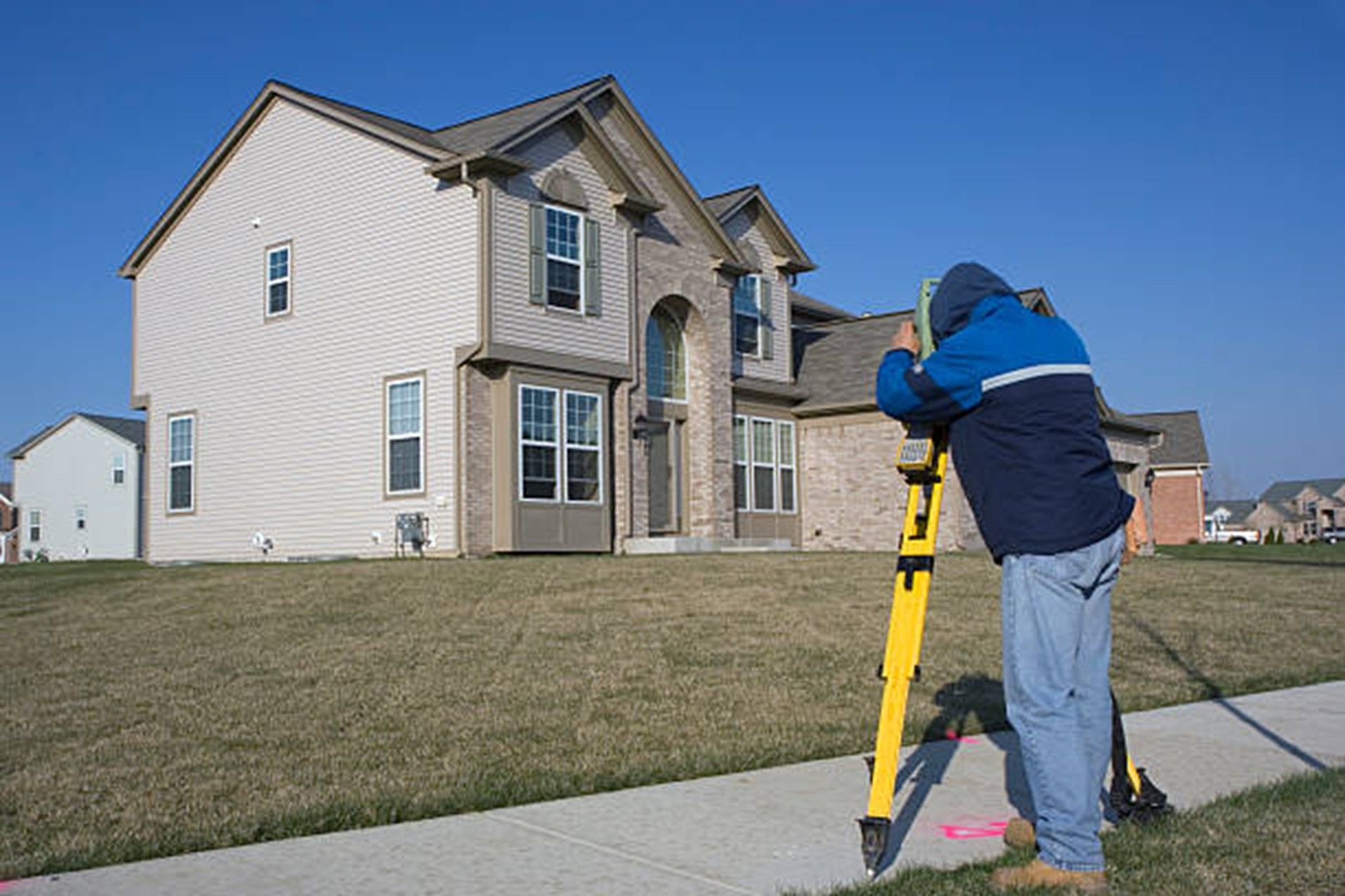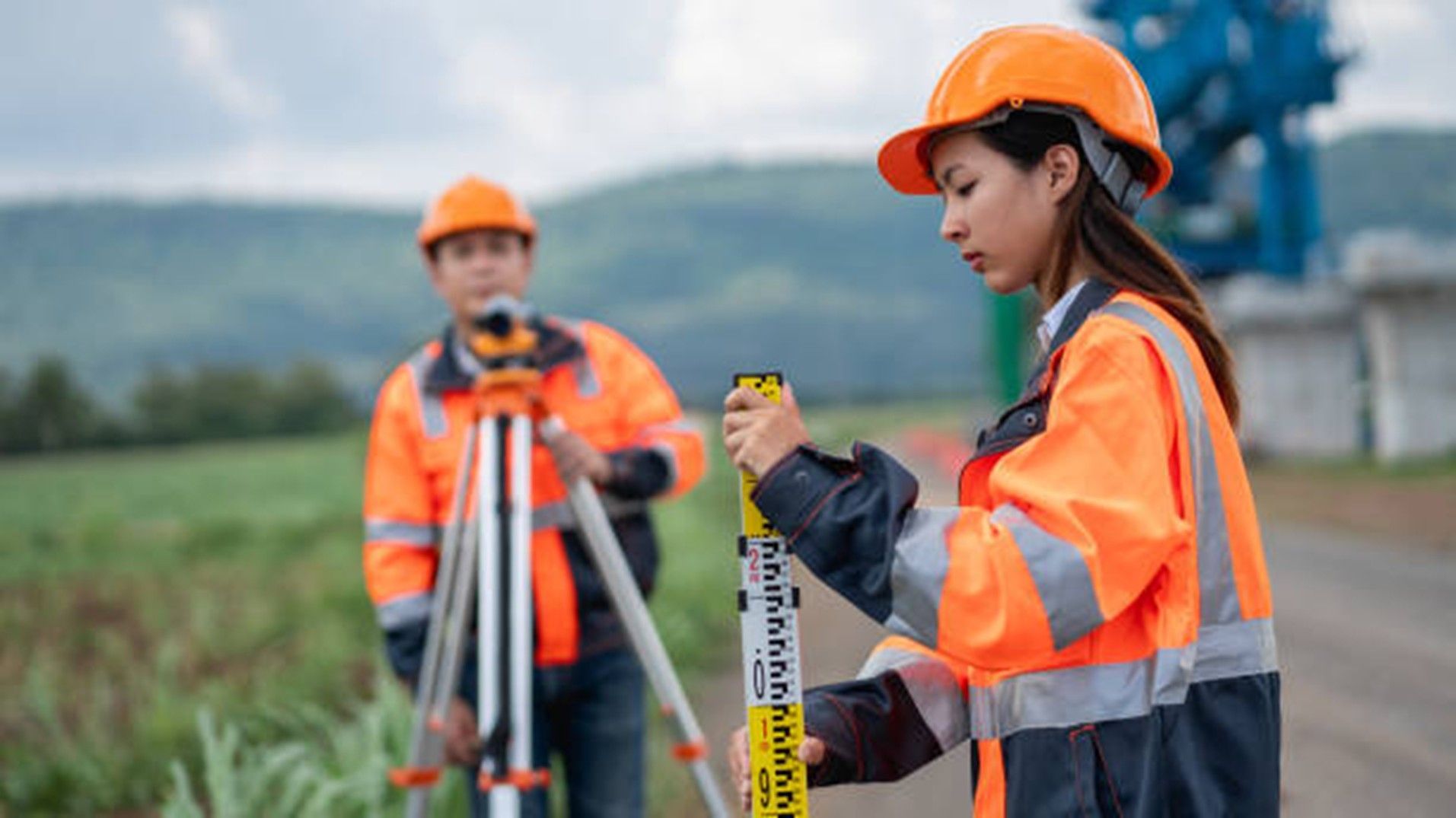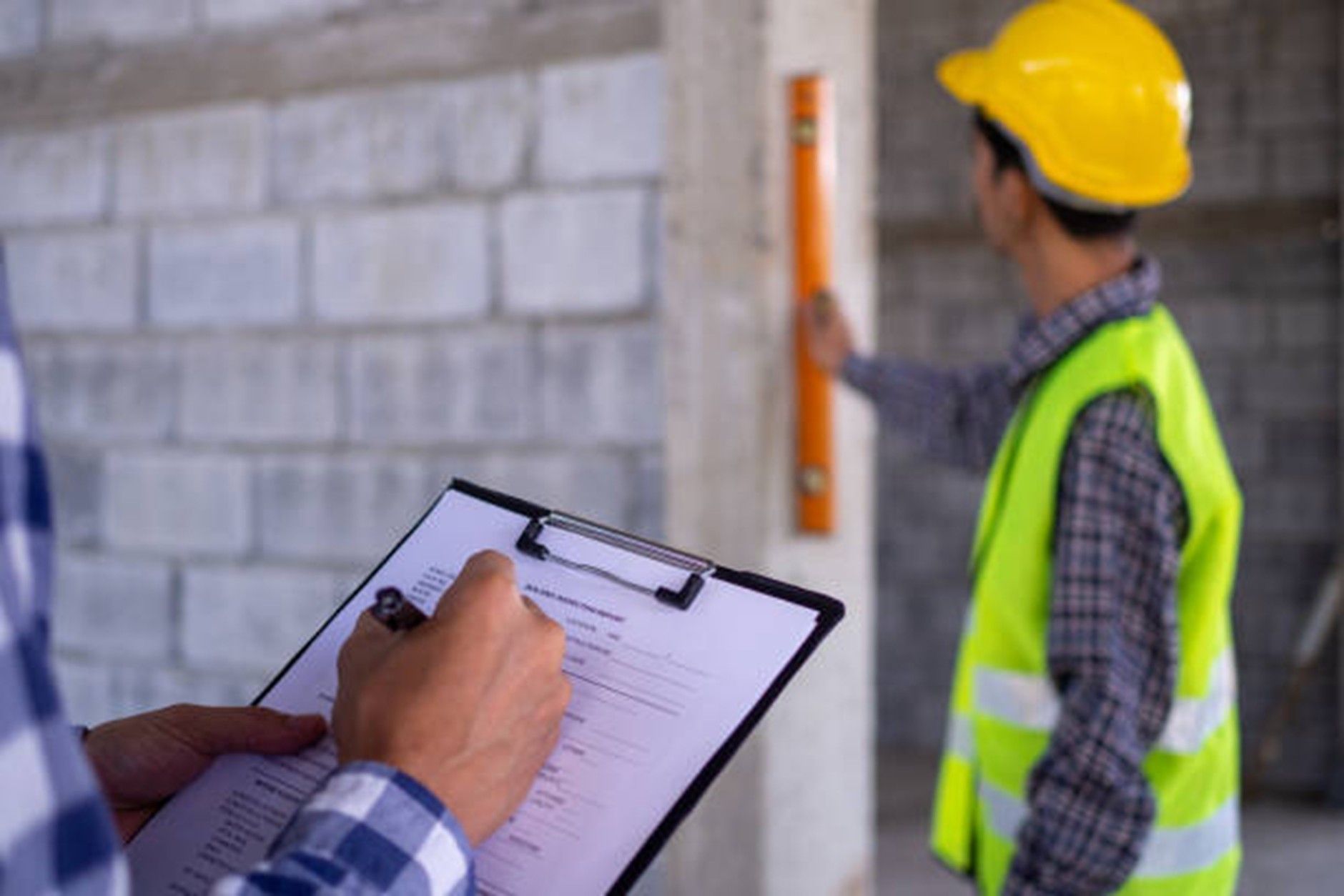Before You Touch That Soil: Here’s What a Property Land Survey Uncovers
Before any digging begins, a property land survey serves as your essential first step. Whether planning construction or verifying land boundaries, this process uncovers critical information hidden beneath legal descriptions and plot lines. Understanding what a survey delivers helps reduce surprises and sets your project up for success from the ground up.
What Lies Beneath the Surface Isn't Always on Paper
Legal property documents rarely show the full picture. Surveys reveal physical details that blueprints and deeds can miss like fences, walls, and paths that cross assumed boundaries. These findings help eliminate discrepancies between what’s documented and what’s present on the ground. Without this clarity, you risk building over assumed lines or running into complications during permitting.
Even minor differences between recorded and physical boundaries can lead to project delays or legal conflicts. A survey clarifies ownership rights, ensuring that you’re building only on what’s legally yours.
Protecting Your Build from Delays and Mistakes
Building without a survey often leads to problems during inspections or reviews. Surveyors confirm lot size, zoning compliance, and setback requirements before plans are finalized. This reduces costly mid-project changes. From foundation placement to utility line routes, a survey ensures that each stage stays aligned with regulations.
Skipping this step often results in needing to remove or redesign structures after construction begins. A clear survey supports permits and protects against forced changes that drive up costs.
Defining Legal Limits with Certainty
A survey provides fixed, recognized points that mark property limits. These markers are often required in court cases or land disputes. Whether it’s for a fence, new structure, or property sale, knowing where your land starts and ends avoids confusion with neighbors and legal bodies alike.
Accurate boundary data reduces uncertainty and builds confidence during every step of the building or selling process. It’s also a key factor in securing financing and title insurance.
Existing Features You Didn’t Know Were Important
Surveys don’t just outline borders they identify driveways, walkways, and landscaping that might influence or interfere with building plans. Trees, drainage paths, and elevation changes often affect layout decisions. Surveying teams also note features that require permits or pose challenges, saving time later in the project.
In some cases, these features can block access or increase construction risks. A survey helps spot those issues early, giving you a chance to adjust without added expense.
Construction Plans Aligned With Reality
Good design begins with accurate ground data. Architects and engineers rely on surveys to create layouts that fit the terrain. Slopes, low areas, and soil types all shape how and where things are built. With this information upfront, construction avoids missteps and can be planned with more confidence.
Site-specific data gives design teams the tools they need to plan drainage, grading, and foundation systems that match the actual landscape keeping plans grounded in facts.
Compliance Made Simple
A proper survey helps meet code without guesswork. From setback lines to right-of-way limits, property surveys verify whether plans meet municipal standards. Having this information ready speeds up approvals and cuts back on plan revisions. Survey reports often serve as required documentation during permit applications.
This upfront effort saves time in review stages, ensures faster approvals, and reduces headaches from last-minute changes due to overlooked legal requirements.
Preparing Land for Sale or Transfer
Before selling, a survey gives potential buyers proof of what they’re purchasing. Accurate land data builds trust and prevents surprises at closing. If you’re buying, asking for a current survey protects your investment and ensures the land aligns with listings and legal records.
It’s a crucial tool in real estate transactions, helping both parties avoid disagreements that could slow or cancel a deal.
A Small Investment That Protects a Large One
Compared to total project costs, a land survey is affordable but can prevent major setbacks. It provides measurable value clarifying property ownership, reducing construction errors, and improving legal security. It’s often the step that protects all other steps that follow.
Avoiding a survey might seem like a shortcut but it often results in long-term costs that could have been easily prevented.
Final Recap:
Understanding the role of a survey is only the first part working with professionals who know how to survey boundary lines correctly makes all the difference. At RealMapInfo LLC, our property surveyors provide thorough, reliable data you can build on literally. We work closely with clients to mark, measure, and map with accuracy that eliminates confusion and supports better decisions.
Let’s make sure your project starts right. Contact RealMapInfo LLC for professional, clear, and dependable land survey services. Secure your land. Define your space. Build with confidence.
FAQs:
1. What is a property land survey?
A property land survey maps out the exact boundaries and features of a land parcel using professional tools.
2. Why should I get a land survey before construction?
A survey prevents legal issues, confirms boundaries, and ensures compliance with zoning and building rules.
3. How long does a property land survey take?
Most residential surveys are completed in one to three days, depending on property size and complexity.
4. Are land surveys required for selling a property?
While not always mandatory, a current survey speeds up closing and builds trust with potential buyers.
5. What does a land survey typically include?
It includes boundary lines, structures, easements, and any physical features that impact land use or planning.












Share On: